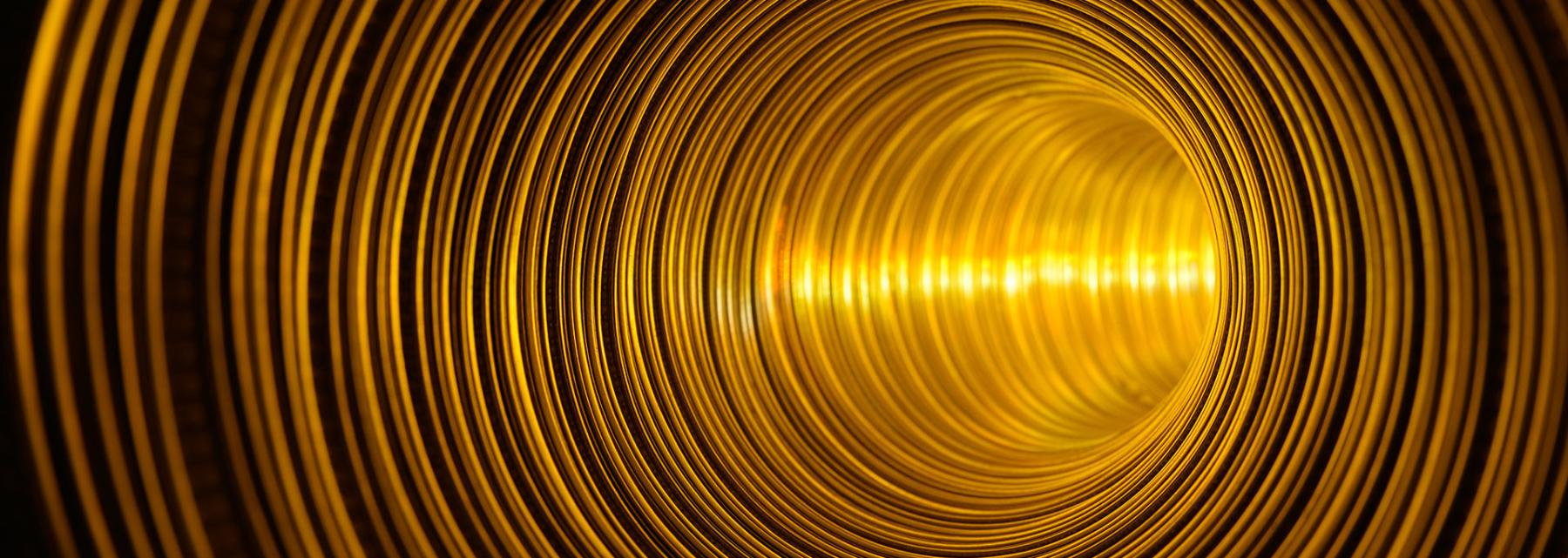
What's Your Frequency?
The purpose of this lesson is to introduce and apply the concept of frequency.
Students will begin by a motivating “click the mouse” challenge. This will help them to develop the concept of frequency. They will transfer this concept to a hands-on lab where they will be creative and measure various types of frequencies.
The lesson then transitions to sound waves where students learn about how energy can be transferred through air with a given frequency. They learn how to measure this frequency and then use a cell phone app to record their own sound waves and measure the associated frequencies.
Lastly, a set of problems is provided that allows students to further practice the concepts at hand. This lesson will take between 2-3 class periods. Very few supplies are needed
Lesson Plan Link/URL
https://docs.google.com/presentation/d/129rpzuJMrkNVskJkCZekBa2EAXxJQ0rM/edit?u…Subject Area
Science Physical Science P4: Energy Transfer Technology 5. Computational Thinker Mathematics Number and Operations—Fractions (NF) Measurement and Data (MD) Ratio and Proportion (RP) Expressions and Equations (EE) Algebra (A) Reasoning with Functions and Relations (RFR) English Language Arts (ELA) Speaking & ListeningRelated Content

The goal of these lessons is to introduce work and power and then apply it by having students find the power produced by a future NFL player. The students will then be challenged to see what type of

This lesson is an activity to see what an angle is and how is can be used to approximate the time of day or even navigating vessels by measuring other celestial bodies. Students will use sextants to

More VR integration in the classroom, oh my! This is the second lesson of a two-day exploration of chain reactions. On day one, students received a general overview of chain reactions, Rube Goldberg